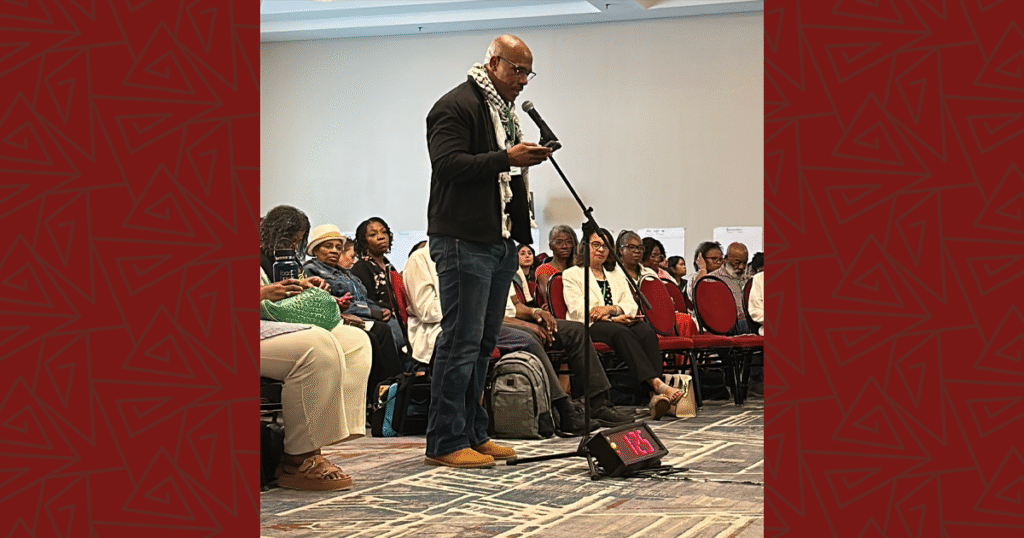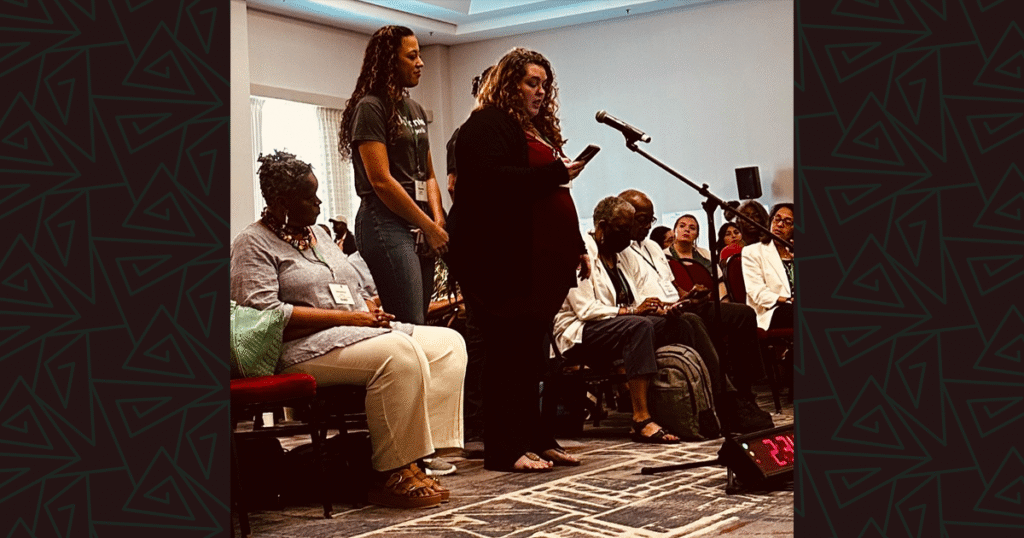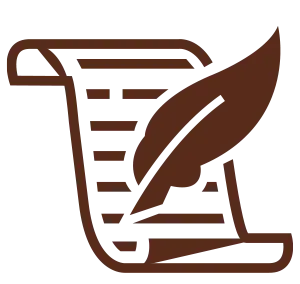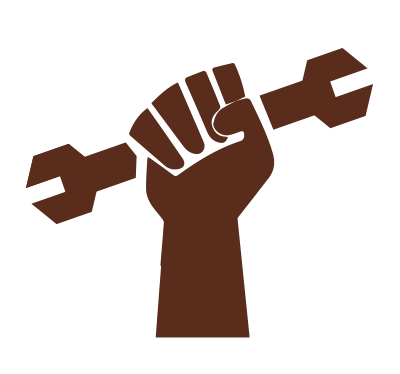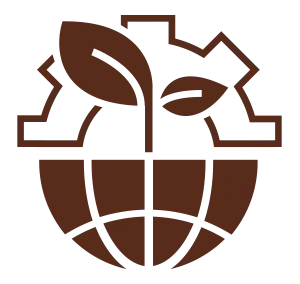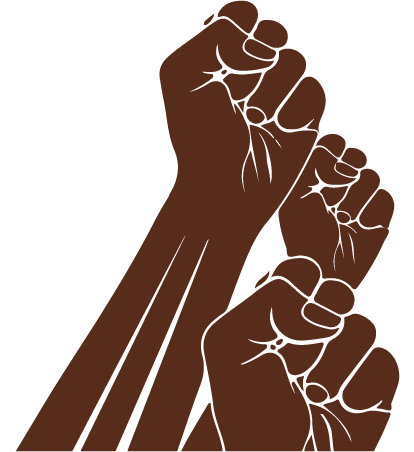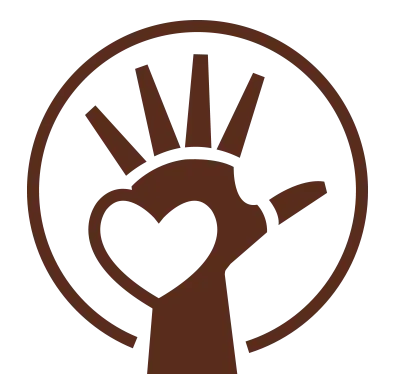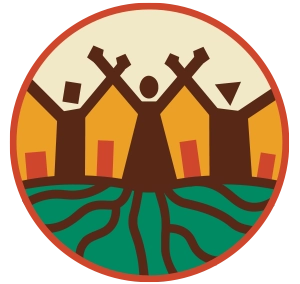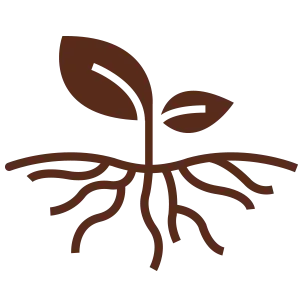Araceli Argueta, Organizing and Advocacy Director for AFSC’s New Jersey Immigrant Rights Program.
It has been less than two weeks, and Trump’s Executive Orders have had rippling effects across North Carolina, and the country. Executive actions have attacked civil rights, immigration, federal workforce, health care, and environmental policy. All of these issues are issues of environmental justice.
These actions are also designed to instill fear in our hearts, to silence us into acquiescence. But we will not be silent. We will not be intimidated.
In less than 48 hours, after facing legal challenges, Trump and his team rescinded a memo freezing spending on federal grants. (Read this update by the National Council of nonprofits for more info.)
In the spirit of our ongoing resistance to violence in its many forms, and our acknowledgment of our need to be even stronger today, please find Araceli Argueta’s reflection below.
Violence is not just an act of physical aggression—it is structural, symbolic, systemic. And it is an expression of power over. It operates and is justified by hate narratives that shape how societies understand and legitimize harm.
Violence is about control, silencing, and exploitation. In Latin America – El Salvador- where I come from, this includes centuries of colonialism that imposed not only economic and physical subjugation but also cultural and spiritual violence, displacing our ways of knowing and being.
In the context of immigration enforcement in the U.S., where I work now, detention centers or border walls are not just physical structures—they are potent symbols of exclusion and violence. They communicate a narrative about belonging, legality, and power, framing certain lives as expendable. Symbols used aim to produce fear and exacerbate power.
Symbolically, violence is when entire groups are stripped of dignity through narratives that dehumanize them. These narratives justify the destruction of nature under the guise of “progress” or the detention of families under the label of “border security” “invasion”, they justify youth criminalization as “Security” in El Salvador and Justify the genocide in gaza under the label “self defense” .
So my work has focused on immediate response, policy change, popular education but mainly on amplifying the symbols and stories of resistance that challenge this violence, as our narratives are tools to reclaim power.
Both El Salvador and the US are defined by institutionalized violence. Policies implemented during the Buckle in El Salvador and Trump in the US exacerbated detention, turning detention centers and jails into symbols of racialized oppression. The narrative, the images are built to control people with fear.
Example — this news in the article; there is the picture of immigrant communities getting into a military plan and you can read “Today’s events make clear to the world that America is respected again,”.
Using military planes cost the US about 800,000 US tax dollars, 7 times more than regular planes they have use in the past for deportation processes. But the image and the statements are building a clear narrative. Statements are clear that immigrant communities must be afraid and supporters should feel proud. They are willing to pay for that idea to stick and people mind and control how society legitimizes harm.
It is important to also see the intersections. The violence faced by immigrant communities is rooted in the same structures that exploit and displace people globally—poverty, environmental degradation, militarization and more, that is being hidden from the spread narrative.
[We need to counter this violence in our struggles.]
In Latin America we talk a lot about the spaces (territories) where we hold power:
- The self, the body, the identity
- The territory, that intersection of the the land the nature and people
- The digital and public space
Lacking the possibility of reclaiming any of this space is violence, and we encounter it every day. Incarceration, life defender persecution, loss of agency, militarization, extractive projects and in the use of the virtual and public space as propaganda platforms for spreading hate narratives, is violence.
[Here are the most important things to consider.]
- Context matters: Violence is not isolated; it’s interconnected. Understanding the histories of colonialism, capitalism, and patriarchy is critical to addressing the roots of violence.
- Symbols of resistance are powerful: Resistance isn’t just about action—it’s about reclaiming identities and narratives. Art, rituals, and storytelling remind us of our humanity.
- Care for ourselves and each other: We must create spaces of healing and solidarity and remember that joy is a revolutionary act.
- Solidarity across borders: Violence knows no borders, and neither should our solidarity. Environmental struggles, immigration struggles, gender struggles racial justice and liberation struggles are all deeply connected. Is about reclaiming life, territory and freedom
Vida territorio y libertad!

